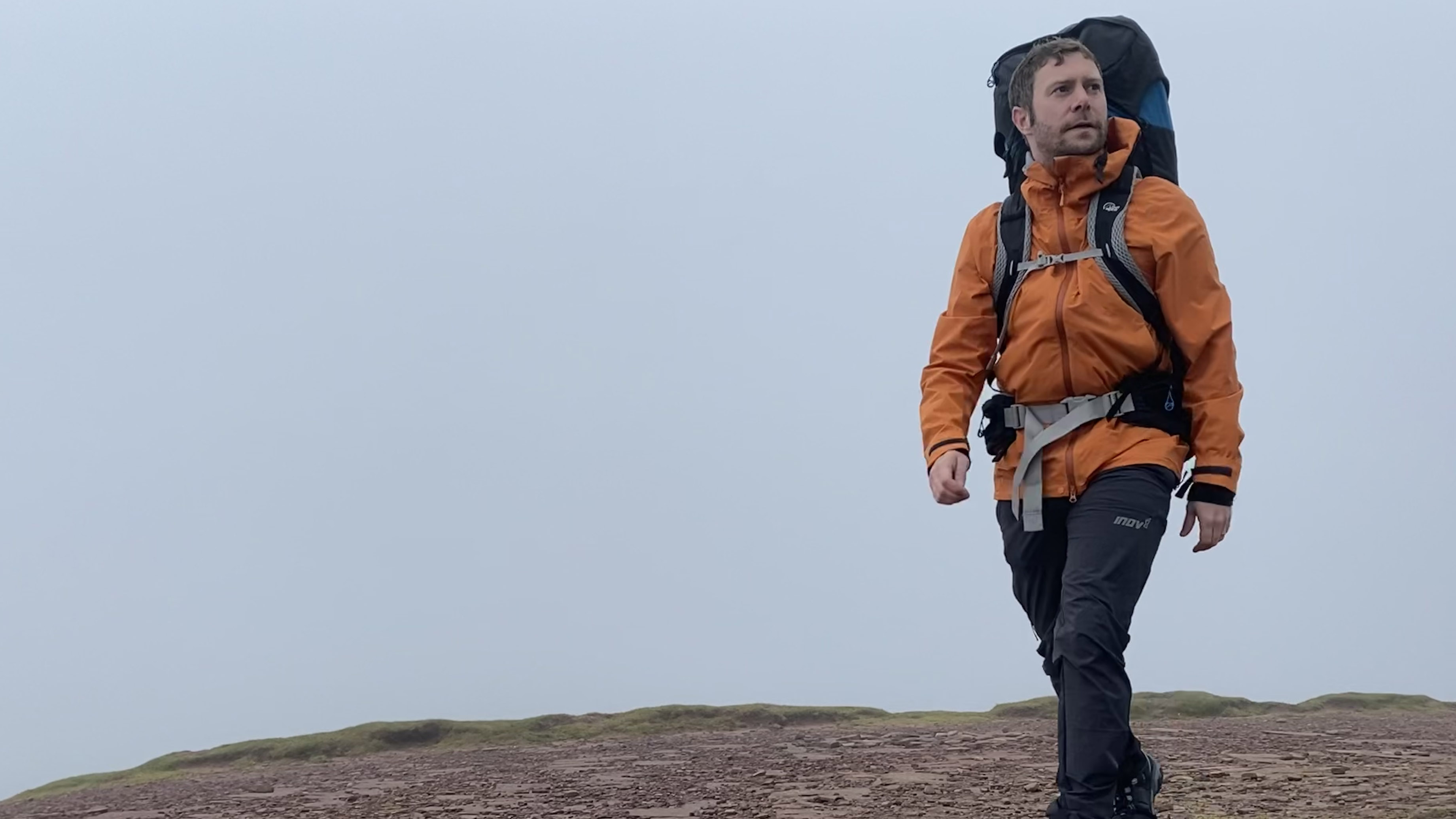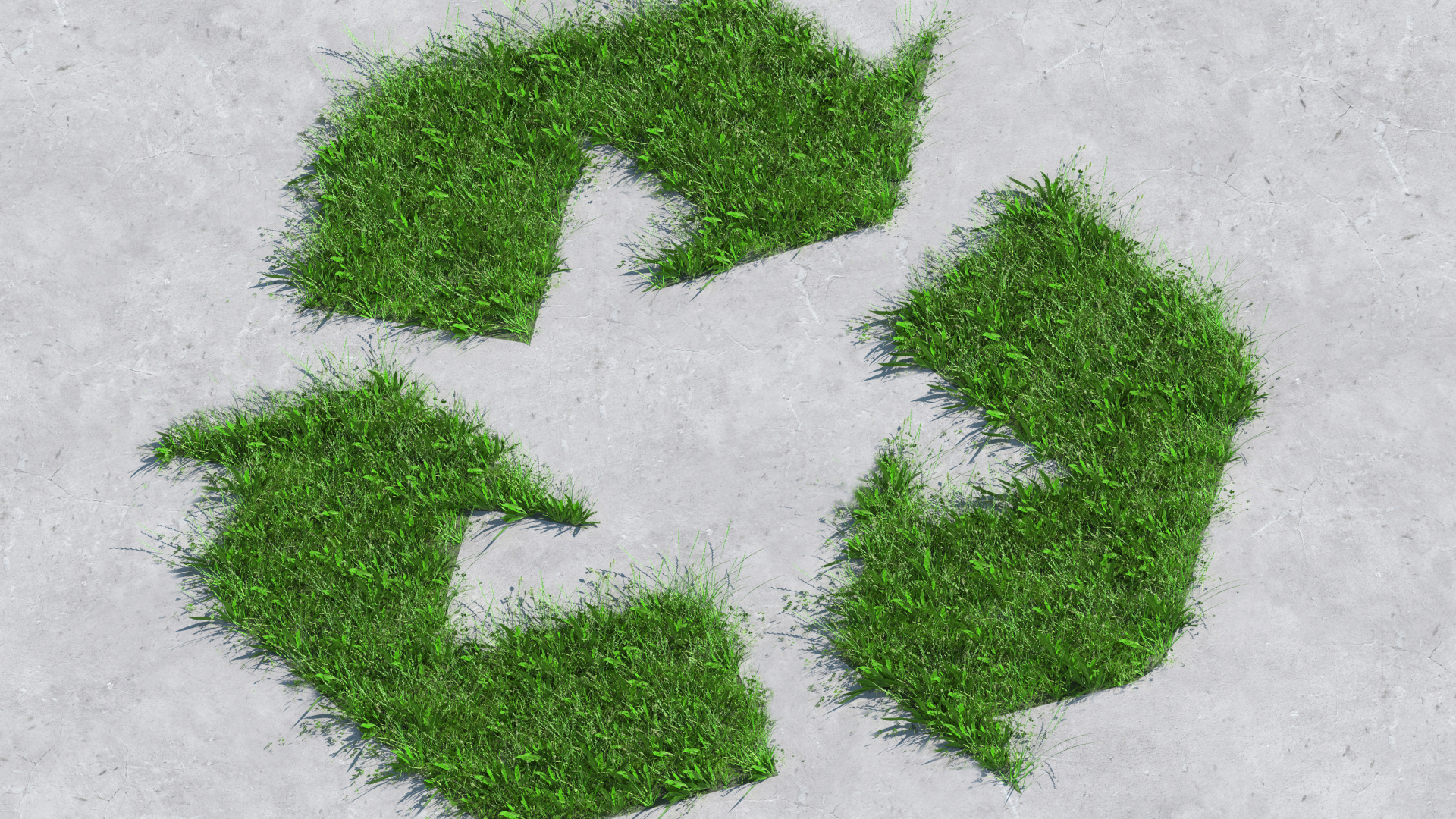What is PrimaLoft?
What is PrimaLoft? Find out exactly what this waterproof, insulated material is doing for you when you’re out exploring in all weather

If you’ve bought any outdoor gear in recent years, you’ve likely come across the term Primaloft. It’s found in insulated jackets like the Patagonia Nano Puff, many of the best hiking socks like the Keela Expedition, ski gloves like the Black Diamond Recon and hiking boots like the Danner Arctic 600, and that’s just the tip of the iceberg. But what is Primaloft anyway, and what’s so great about it? All this technical jargon doesn’t do you much good if you don’t know what benefits it brings to the gear you’re wearing, so we decided to investigate this common technology so you know just what it’s doing for you on the mountain.

What is PrimaLoft?
PrimaLoft is a brand of synthetic microfiber insulation material, which is why you’ll see it used in gear that’s intended to keep you warm, such as sleeping bags and insulated jackets, where it is an alternative to down, as well as gloves, socks and winter hiking boots. PrimaLoft was first developed for the US army in the early 1980s and today it is used by over 900 brands across the globe.
PrimaLoft has four main characteristics that make it desirable for outdoor door gear:
- Warmth: the tiny fabrics trap air which is then warmed by your body heat, and continue to insulate when wet.
- Water-resistance: the fibers are water-repellent to keep you dry and safe in a downpour, and they're fast-drying when they do get wet.
- Comfort: microscopic fibers are extra soft, meaning that PrimaLoft garments can be very comfortable against your skin.
- Durability: designed for the military, PrimaLoft garments are meant to withstand tough adventures (and plenty of machine washing).

If you’re wondering how one material can be in so many different types of gear, there are now several different kinds of PrimaLoft, kind of like how there are now lots of different types of Gore-Tex. Here are the main types of PrimaLoft:
- PrimaLoft Classics provide classic insulation at varying temperatures.
- PrimaLoft Active provides breathability and stretch for movement.
- PrimaLoft ThermaPlume is a vegan alternative to down.
- PrimaLoft for Footwear is found in boots and shoes meant for extreme conditions.
What is PrimaLoft made out of?
Now, you’re probably thinking that PrimaLoft sounds like it has all the qualities you want from your outdoor gear, except for the fact that it’s, well, synthetic. Isn’t that bad for the planet? Well, setting aside the fact that all manufacturing is bad for the planet in some way, PrimaLoft is actually known for being an industry leader in sustainable practices. In fact, the company was the first maker of branded insulation to be recognized for compliance with the Bluesign criteria for environmental effect. The Bluesign system seeks to eliminate the use of harmful substances at each stage of the production chain to ensure that textile products are healthy, safe, and free of harmful substances.
PrimaLoft is made by converting recycled plastic bottles into fibers, so even though it is made using plastic, it’s not adding generating more plastic to end up in our already overflowing landfills. In fact, the company states that it has diverted more than 692 million water bottles from landfills since 2015. They also publish testing data on the environmental impact of their products on their website, if you want to look at the numbers and not just take our word for it (which you shouldn’t).

What else is great about PrimaLoft?
Well, recycled materials sound great, but don’t synthetic fabrics shed microplastics that never break down and end up in our oceans and bodies? Yes, they do, and that’s why PrimaLoft has developed PrimaLoft Bio, from which they claim the microfibers return to organic materials such as water, carbon dioxide, methane and humus. Plus, their materials are designed to be recycled and recyclable, so they shouldn’t end up in landfills anyway, but that’s partly up to you, now, isn’t it? Find out how you can recycle old running shoes and clothing to get started.
All the latest inspiration, tips and guides to help you plan your next Advnture!
And as for the impact of production on the environment, yes it’s a big thing, but the company has developed a manufacturing technology that they say results in carbon savings of up to 70%.

Is PrimaLoft warm?
So PrimaLoft has a better environmental impact than some other synthetic fabrics, but does it actually do the job and keep you warm? The short answer is yes. In fact, we’ve found a lot of the gear we’ve tested that’s made using PrimaLoft to be positively toasty. How warm it keeps you depends on the type of PrimaLoft (classic PrimaLoft comes in gold, silver and black) as well as the garment. For example, the Nemo Forte sleeping bag made our list of the best 3-season sleeping bags and will keep you comfortable in freezing conditions. Down sleeping bags definitely provide ample warmth, but not in damp conditions and will also lose their loft over time. Compared to fleece, PrimaLoft can also prove superior because it is often more windproof and packable.
So there you have it. You almost certainly already own something with PrimaLoft in it, and now you know how it’s keeping you warm and dry on your adventures, plus you can feel a little better about your footprint when you head outdoors.
- We're rounding up all of this year's best Black Friday hiking deals
Julia Clarke is a staff writer for Advnture.com and the author of the book Restorative Yoga for Beginners. She loves to explore mountains on foot, bike, skis and belay and then recover on the the yoga mat. Julia graduated with a degree in journalism in 2004 and spent eight years working as a radio presenter in Kansas City, Vermont, Boston and New York City before discovering the joys of the Rocky Mountains. She then detoured west to Colorado and enjoyed 11 years teaching yoga in Vail before returning to her hometown of Glasgow, Scotland in 2020 to focus on family and writing.

